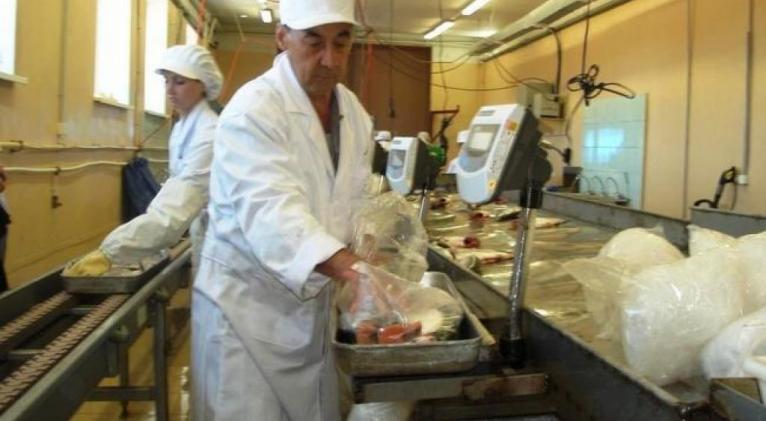Havana closes in on deal for fish processing plant

HAVANA — A new manufacturing and fish processing plant that will bring an initial five to seven jobs after construction and an expected 25 in two years is in the final stages of approval.
All that remains before construction of the 12,000-square-foot building at Havana’s business park is final approval from city officials and from the Small Business Administration. The plan will be filed with the SBA soon, and city officials will discuss the project in the near future.
For more than two years, the Illinois Small Business Development Center and the city of Havana have worked diligently on relocating the out-of-state business to Havana. Recently, significant progress with an area bank and a key Illinois-based investment group, as well as the out-of-state owners, has the project on track for final approvals.
Havana Economic Development Coordinator Ron Hills and ISBDC Director Greg Garrett, who have worked together to bring this opportunity to Havana, say the benefits of this new facility are significant. The plant will process only fresh fish and is under the regulation of the Food and Drug Administration. It will be fitted with proper and FDA-regulated deodorizing equipment and cannot be compared to other Illinois facilities that do not process fish for human consumption, such as a Grafton fish business.
Owners of the proposed facility have operated a fish processing plant, situated in an urban setting in a nearby state, for more than 10 years with zero complaints.
According to the owner, “The process of making fish meal and fish oil with the use of fish and fish offal generates odors. The proper handling and storage of fresh fish and fish offal, together with the design of the building and our investment in critical processing equipment, will reduce and then eliminate any odor issues.”
In addition, the owners have created new products from the investment in equipment and technology. Those new products have been developed and tested with new markets and have customers waiting.
Currently, many fishermen must drive two to three hours to deliver their fish to processing facilities north and south of Havana. Hills and Garrett have talked with those fishermen and were told the distance traveled results in higher costs and the chance of spoilage, which puts their profits at risk. Some of those fishermen have indicated they would be able to fish two times each day, instead of one time. Also, the central location of the Havana plant will result in lower fuel costs and a quality product.
According to Garrett, “This client has over 25 years of food-industry experience, holds a master’s degree in food engineering, has worked with some of the leading food companies in the nation, and has impressed me personally with his mission, his business plan and comprehensive model for rural community success. He and his wife have operated their business for more than 10 years in a very restricted location in another state.













Add new comment